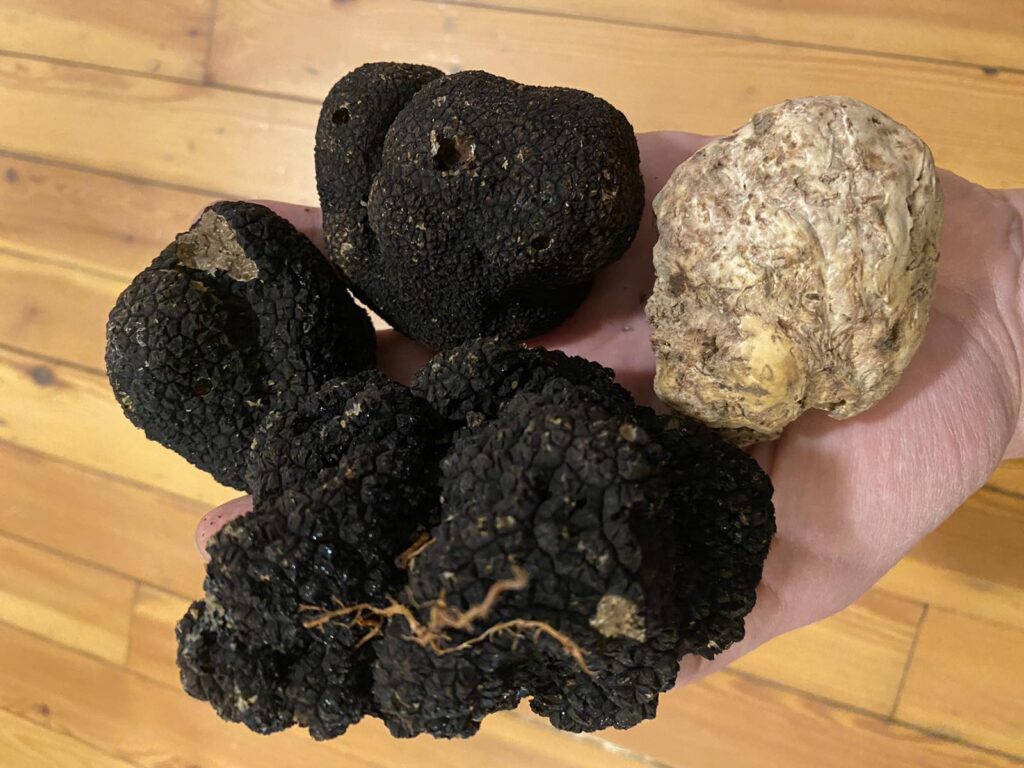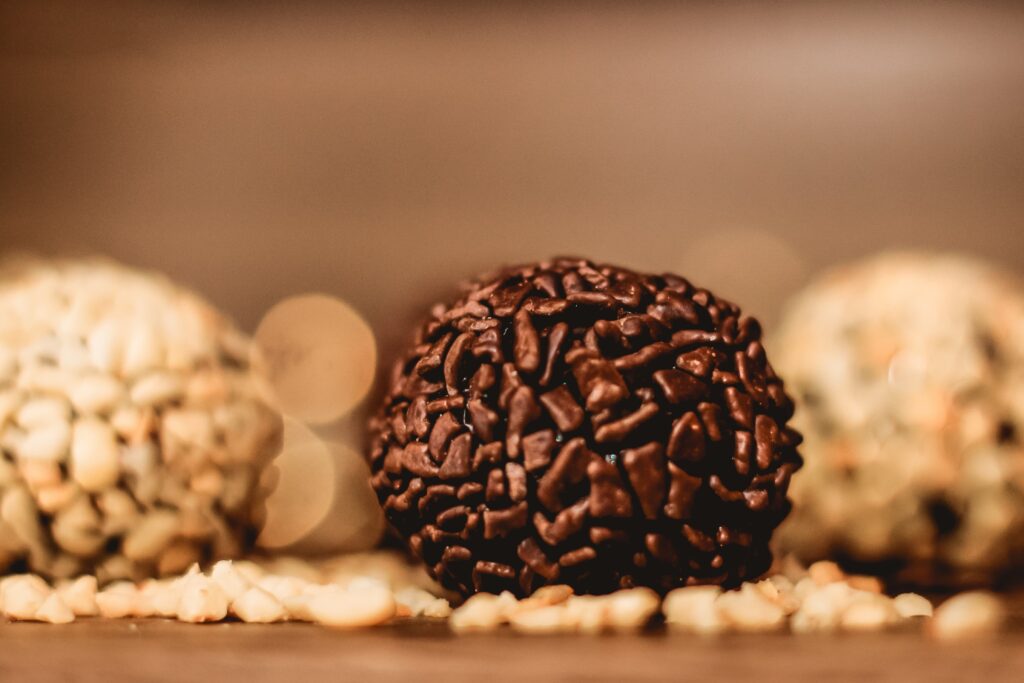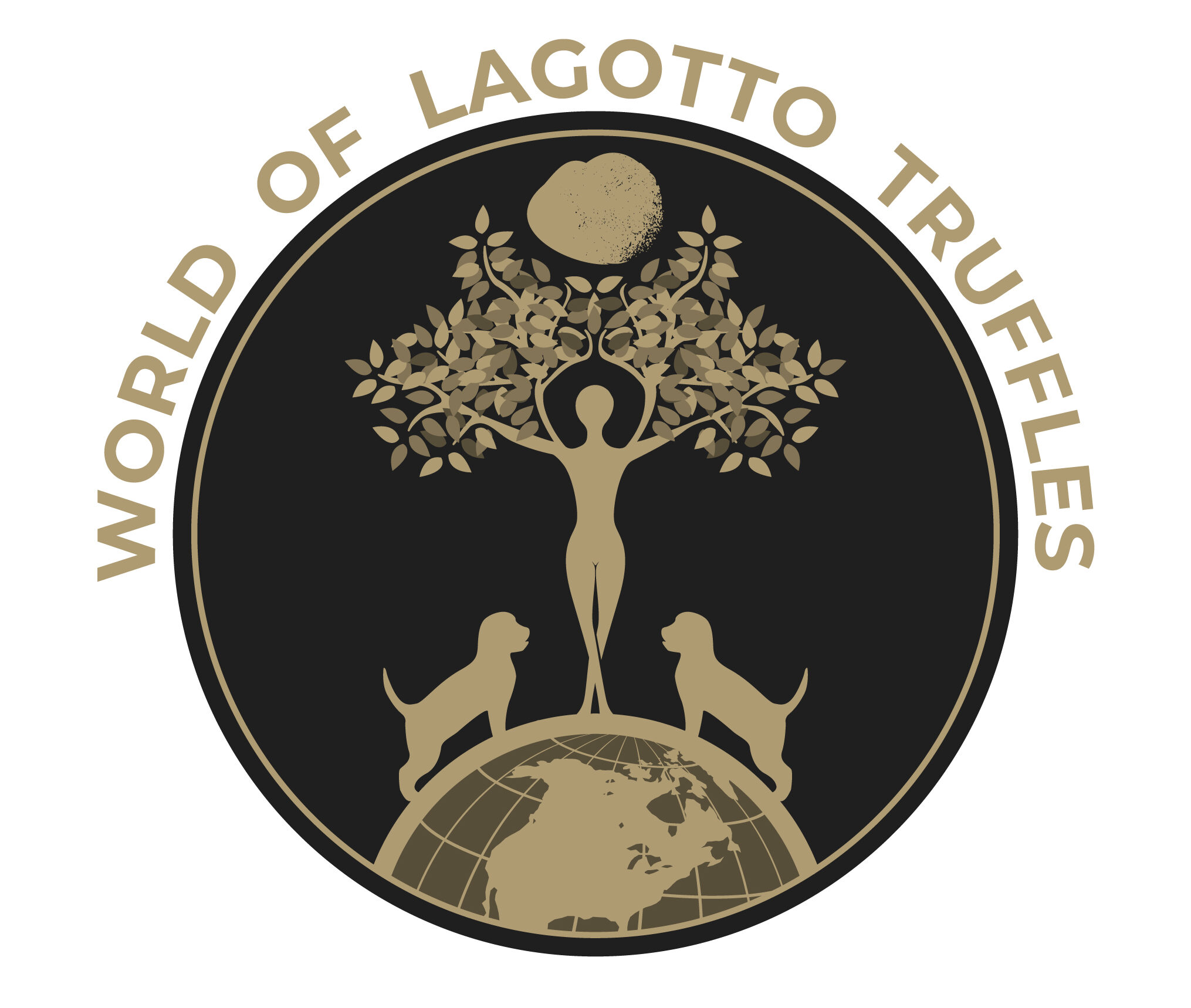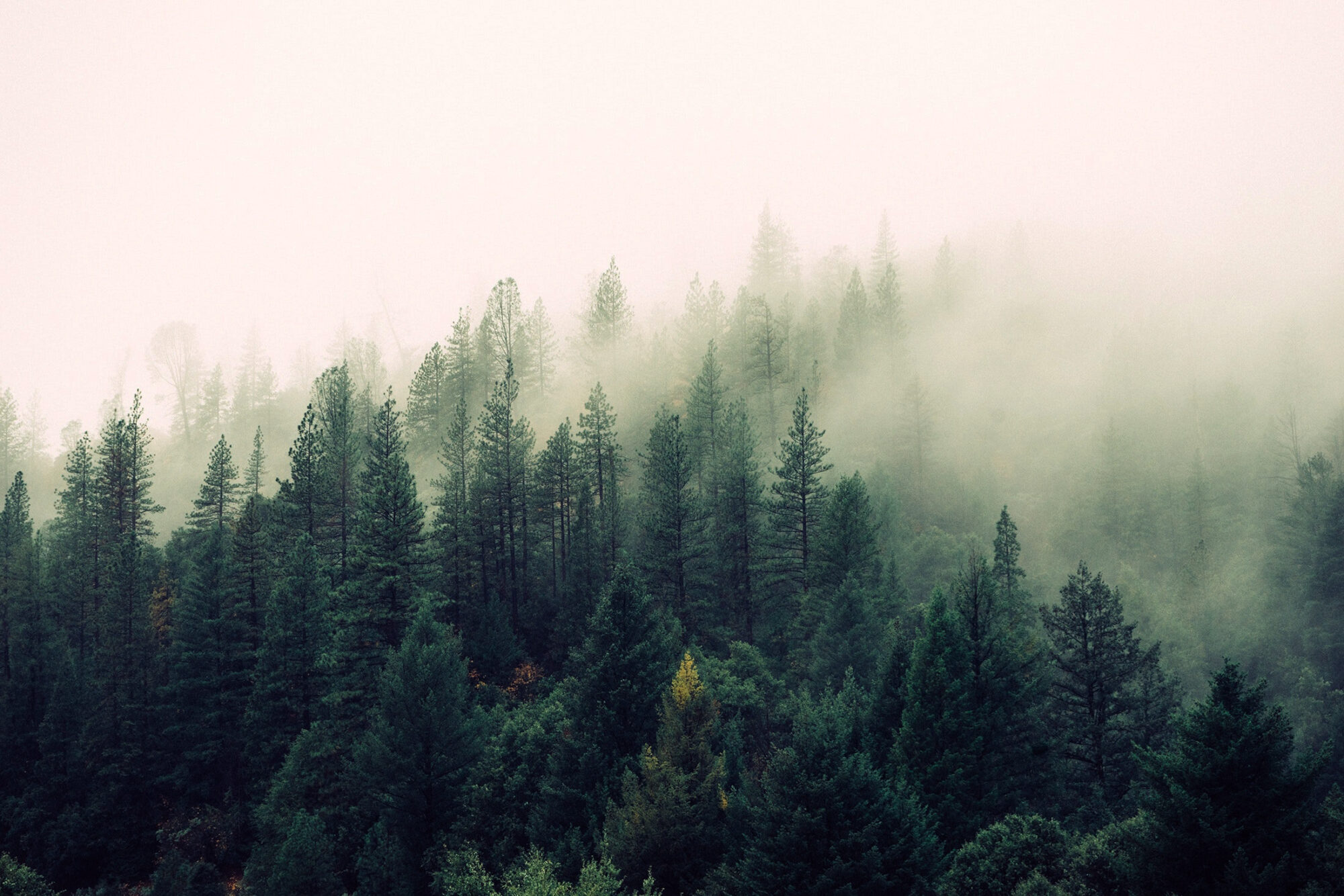Uncovering the Fascinating World of Truffles: A Cultural and Historical Perspective
Truffles are one of the most sought-after and highly prized foods in the world, known for their unique and complex flavors. These mysterious fungi have been treasured for centuries, playing a prominent role in the cuisine of many cultures around the globe. But what exactly are truffles, and why are they so highly valued?
The History of Truffles
Truffles have been known and used for their unique flavor for thousands of years. The ancient Greeks and Romans highly prized truffles, and they were even mentioned in the works of famous writers such as Pliny the Elder.
In fact, truffles were so valuable in ancient times that they were sometimes used as a form of currency.
Truffles were also highly valued in medieval Europe, where they were considered a luxury food reserved for the wealthy. Truffles were believed to have aphrodisiac properties and were often given as gifts to royalty and nobility.
Types of Truffles
There are many different types of truffles, each with its own unique flavor profile. The most famous and highly prized truffles are the black truffle (Tuber melanosporum) and the white truffle (Tuber magnatum).

- Black truffles, also known as the “black diamond,” are known for their earthy and musky flavor with a hint of sweetness. They are typically found in the southern part of France and northern Spain.
- White truffles, also known as the “white gold,” are known for their strong, pungent aroma and nutty, garlicky flavor. They are typically found in the northern part of Italy, particularly in the Piedmont and Umbria regions.
Truffle Harvesting
Truffle harvesting, like any activity involving wild-growing product collection, raises ethical and sustainability concerns. Here are a few points to consider when discussing the ethics and sustainability of truffle harvesting:
- Unsustainable harvesting practices can lead to over-exploitation and depletion of wild truffle populations. It is important to ensure that harvesting is done sustainably, such as using trained dogs to locate truffles rather than destroying habitats or using chemicals.
- There are concerns about using pesticides and other chemicals in truffle farming, which can potentially harm the environment and the animals in it. It’s important to ensure that the truffles you consume are grown and harvested in an environmentally-friendly way.
- The labor practices of truffle harvesting are also an ethical concern. Some truffle harvesters may exploit workers or pay them very low wages, which is unfair. It’s important to ensure that the truffles you purchase are harvested by workers who are treated fairly and paid a living wage.
- The use of truffle-hunting dogs raises ethical concerns about their welfare, as some dogs may be kept in poor conditions or forced to work in extreme weather conditions.
To ensure that your truffle consumption is ethical and sustainable, it is important to research the source of your truffles and to only purchase truffles from reputable and responsible harvesters. When possible, look for truffles that are certified as organic or sustainably-harvested.
It’s also important to be mindful of the overall consumption of truffles, as they are a luxury product with a high price tag. The demand for truffles can lead to over-harvesting, deforestation, and other negative environmental impacts.
Truffles are a type of subterranean fungi that grow underground, typically near the roots of certain types of trees. Truffle hunting, or “truffling,” is the process of locating and harvesting truffles.
Traditionally, truffle hunting was done by hand using pigs or dogs to sniff out the truffles. Today, however, most truffle hunting is done using trained dogs, as they are less destructive and more efficient at locating truffles.
Truffles in Modern Cuisine
Today, truffles are still considered a delicacy and are used in various dishes in many cultures worldwide.
In Italy, truffles are often shaved over pasta dishes, risottos, and omelets.
In France, they are used in dishes such as “truffle-stuffed poularde” and “truffled mashed potatoes.”
From truffle oil in Japanese cuisine to truffle butter; in American cuisine, truffles are versatile ingredient that adds depth and complexity to any dish.
Truffles have long been considered a delicacy in the culinary world. They are used to enhance the flavor of a wide variety of dishes, from pasta and risotto to meats and even desserts.
Truffles are often shaved thinly and used as a garnish or added to dishes whole to infuse them with their unique flavor.
Truffles have also become popular in many other cultures around the world, such as in Spain, where they are often used in dishes like “trufas con huevo” (truffles with egg), and in Australia, where they are used in modern fusion dishes.

In recent years, truffles have also become popular in high-end restaurants and the gourmet food market, where they can be found in various forms, such as truffle salt, truffle honey, and truffle chocolate.
Lagotto Romanolo: The Truffle Hunters.
The Lagotto Romanolo is an ancient breed of dog that originated from the region of Romagna in Italy.
These dogs have a keen sense of smell, making them ideal truffle hunters. They have been used for centuries to locate truffles growing underground.

The process of truffle hunting with Lagotto Romanolo is a delicate and labor-intensive process that requires a great deal of skill and knowledge.
The dogs are trained to locate the truffles by smelling the ground and then indicating to the truffle hunter where the truffle is located.
Not only is the Lagotto Romanolo an efficient truffle hunter, but it is also a friendly and loving companion. They make great pets for truffle enthusiasts and those interested in hunting truffles.
How to Find, Clean, and Cook Truffles
Where to find truffles? Truffle hunting can be a fun and rewarding experience, but it is important to do it properly to preserve the truffle’s quality. When hunting for truffles, it is crucial to search for them in areas where the appropriate trees are growing, such as oak, hazelnut, and pine trees.
The best time to hunt for truffles is in the fall and winter months when the truffles are in season.
Once the truffle is located, it must be carefully cleaned and stored. Truffles should be cleaned with a soft brush and stored in a damp cloth container. They should be kept in the refrigerator and used within a few days.
Cooking with truffles is a delicate process, and it is essential to use them properly to fully appreciate their unique and flavors.
One of the best ways to enjoy truffles is to shave them over pasta dishes, risotto, and omelets.
When using truffles in cooking, it is important to use them sparingly, as a little goes a long way in terms of flavor. They should be added to dishes at the end of cooking, as high heat can cause the delicate flavors to dissipate.
Fun fact: Truffles have a distinct musky aroma that is often compared to the scent of a sweaty sock. However, this aroma is not present in the truffle’s taste.
Fun fact: The most expensive truffle ever sold was a white truffle from Alba, Italy, that weighed in at 1.5 pounds (680 grams) and sold for $330,000 at an auction in 2007.
Fun fact: Truffles are considered a rarity in the culinary world as they are difficult to cultivate and are primarily found in the wild.
Conclusion
Truffles are a unique and highly prized ingredient in the culinary world, known for their complex and distinct flavors. These subterranean fungi have a long history and have played a significant role in the cuisine of many cultures worldwide and are often found with the help of trained Lagotto Romanolo dogs.
From traditional truffle hunting methods to modern culinary uses, truffles continue to be a fascinating and delicious element of gastron.
Whether you’re a truffle enthusiast or a food lover, truffles are a delicacy that should not be missed.

